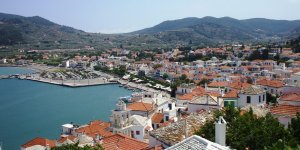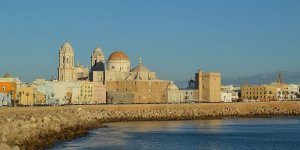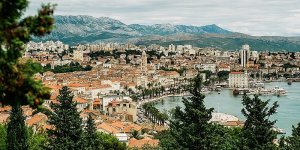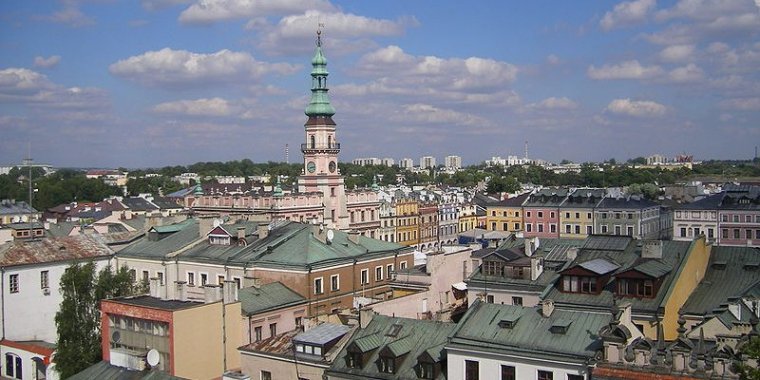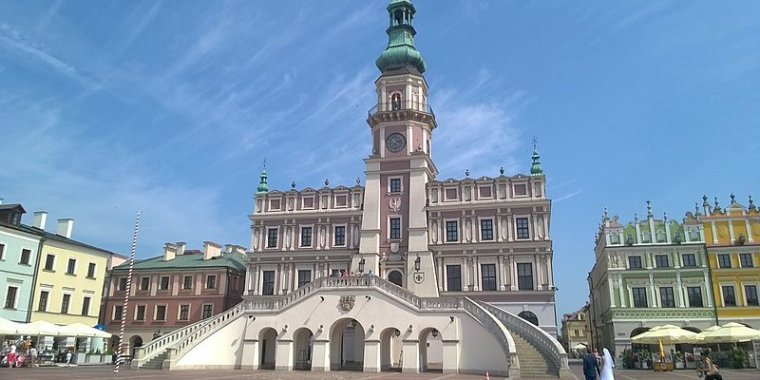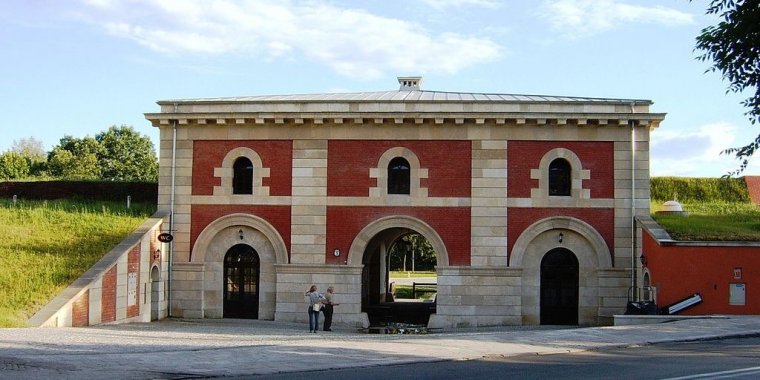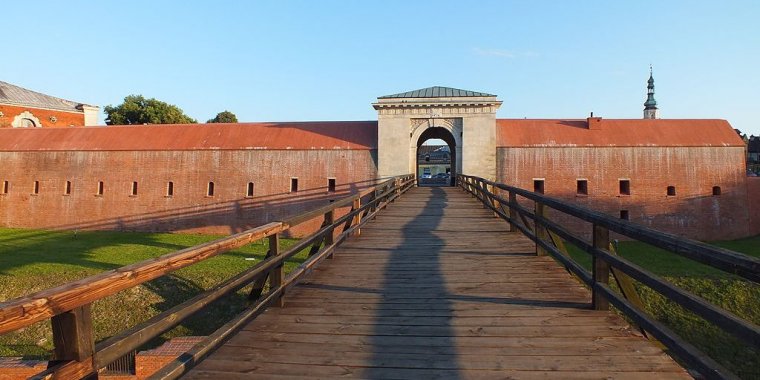| Published in Destinations |
Zamość, Poland
Zamość is a unique example of a Renaissance town in Central Europe, consistently designed and built in accordance with the Italian theories of the "ideal town," on the basis of a plan which was the result of perfect cooperation between the open-minded founder, Jan Zamoyski, and the outstanding architect, Bernardo Morando. Zamość is an outstanding example of an innovative approach to town planning, combining the functions of an urban ensemble, a residence, and a fortress in accordance with a consistently implemented Renaissance concept. The result of this is a stylistically homogeneous urban composition with a high level of architectural and landscape values. A real asset of this great construction was its creative enhancement with local artistic architectural achievements.
Get in
By plane
The closest airport is near Lublin (LUZ), about 40 km from Zamość, serving connections to London (Stansted and Luton), Oslo-Torp Sandefjord, Milano-Malpensa, Eindhoven (Netherlands), Dublin and Liverpool with low-cost airline carriers.
Further away there are two other international airports in Rzeszow (120 km) and Warsaw (230 km). The latter is a major flight hub, with numerous domestic and international connections, and its full name is the Frédéric Chopin Airport.
By train
The Zamość railway station is of relatively minor importance. There is only one long-distance train daily, the TLK Hetman, which does a very long loop from Zamość to Poznań in 16 hours, through in. al. Kraków (7 hours from Zamość), Katowice (9.5 hours) and Wrocław (15.5 hours). There are also local REGIO trains to Krasnystaw, Chełm and Lublin. The latter is the regional capital and railway hub, where one can change to trains for other major cities. The REGIO takes about 2 hours to travel between Zamość and Lublin. There are five trains in each direction daily and the tickets are about 15 zł one way.
If traveling from Rzeszów there is one direct train a day, running in the evening for about 42zł one way. The ride takes about 3 hours.
By bus
The Bus station is on the other side of the center, and offers more frequent connections to Lublin and surrounding towns.
By car
You can easily get there by car from Lublin via E372.
Get around
Since the city center is rather small, the most convenient way to get around is to walk.
What to See in Zamość
• Town Hall. One of the most beautiful Renaissance town halls in Europe.
• Market square. Surrounded by historical colourful houses.
• Cathedral of the Resurrection and St. Thomas the Apostle.
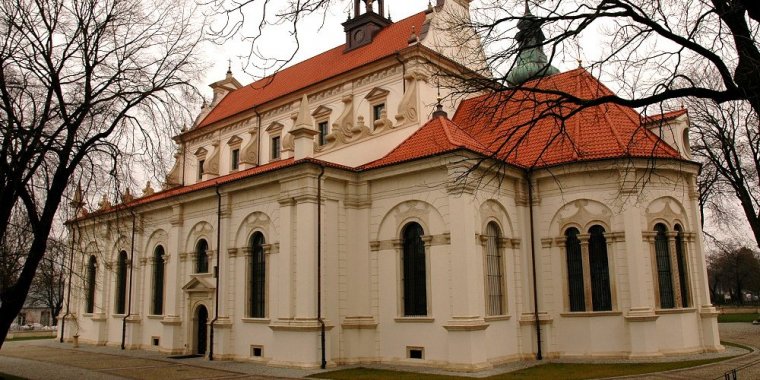
Cathedral of the Resurrection. ![]()
• Franciscan Church.
• Synagogue (Synagoga).
• Szczebrzeszyn Gate (Brama Szczebrzeska).
• New Lublin Gate (Nowa Brama Lubelska).
What to Do in Zamość
• ZOO (Ogród zoologiczny im. Stefana Milera), Szczebrzeska 12, +48 84 639 34 79.
Eat
• Restauracja Bohema, Stanisława Staszica 29, +48 84 627 14 43, e-mail: klubbohema@gmail.com. Daily 10:00-00:00.
Drink
• Piwiarnia Warka, Bazyliańska 5, +48 84 627 06 06.
Sleep
• Hostel Zamość, Szczebrzeska 9 (near the zoo on the opposite side of the street), +48 724 968 902, e-mail: hostelzamosc@wp.pl.
• Gościniec Kanclerz, Partyzantów 6, +48 500 872 021, e-mail: biuro@goscinieckanclerz.pl. A small hotel with 7 rooms with individual bathrooms.
Go next
• Lublin — the regional capital
• Rzeszów
• Roztocze
• Lviv — the cultural centre of western Ukraine (Wikivoyage)
See also Zamość in Pictures.
YOU MAY ALSO LIKE

